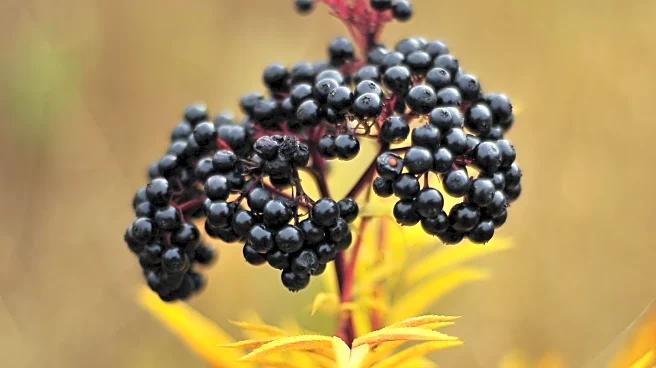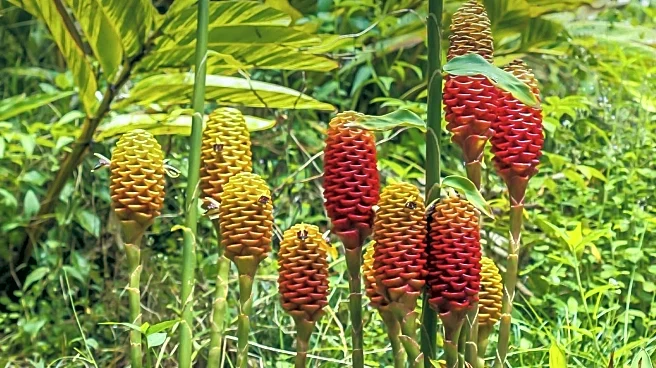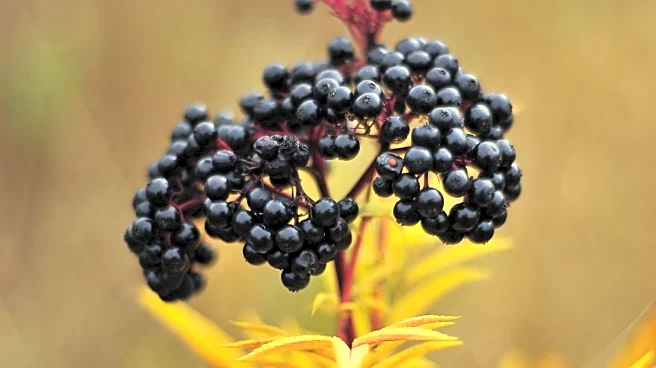What's Happening?
Urban gardening practices are being highlighted as a means to improve habitats for birds in city environments. Dr. Jacinta Humphrey, an urban ecologist at RMIT University, suggests that allowing natural elements like leaves, twigs, and bark to accumulate can provide essential materials for bird habitats. Additionally, incorporating native plants, such as flowers and fruiting plants, can attract birds and provide food sources. Dr. Kylie Soanes from the University of Melbourne emphasizes the importance of creating urban oases with water sources like birdbaths to help birds cope with urban heat. Furthermore, to prevent bird collisions with windows, which are common in urban areas, the use of UV anti-collision stickers is recommended. These measures aim to create safer and more welcoming environments for birds in urban settings.
Why It's Important?
The integration of bird-friendly gardening practices in urban areas is significant for biodiversity conservation. Cities often present challenges for wildlife, including birds, due to habitat loss and increased temperatures. By adopting these practices, urban dwellers can contribute to the preservation of bird species, some of which are threatened. This approach not only benefits the birds but also enhances urban biodiversity, providing ecological benefits such as pollination and pest control. Moreover, reducing bird collisions with windows can decrease bird mortality rates, supporting healthier bird populations. These efforts align with broader environmental goals of creating sustainable and livable urban spaces.
What's Next?
As awareness of the benefits of bird-friendly urban gardening grows, more individuals and communities may adopt these practices. Local governments and environmental organizations could play a role in promoting and supporting these initiatives through educational programs and community projects. Additionally, upcoming events like the Aussie Bird Count and the Great Southern Bioblitz offer opportunities for citizen engagement in biodiversity monitoring. These activities can foster a greater appreciation for urban wildlife and encourage further action to protect and enhance urban ecosystems.
Beyond the Headlines
The movement towards bird-friendly urban gardening reflects a broader cultural shift towards environmental stewardship and sustainable living. It highlights the potential for urban areas to coexist with nature, challenging the perception of cities as purely human-centric environments. This shift may inspire further innovations in urban planning and design, integrating green spaces and wildlife-friendly features into cityscapes. As more people engage with these practices, there could be a long-term impact on urban biodiversity, contributing to healthier and more resilient ecosystems.










